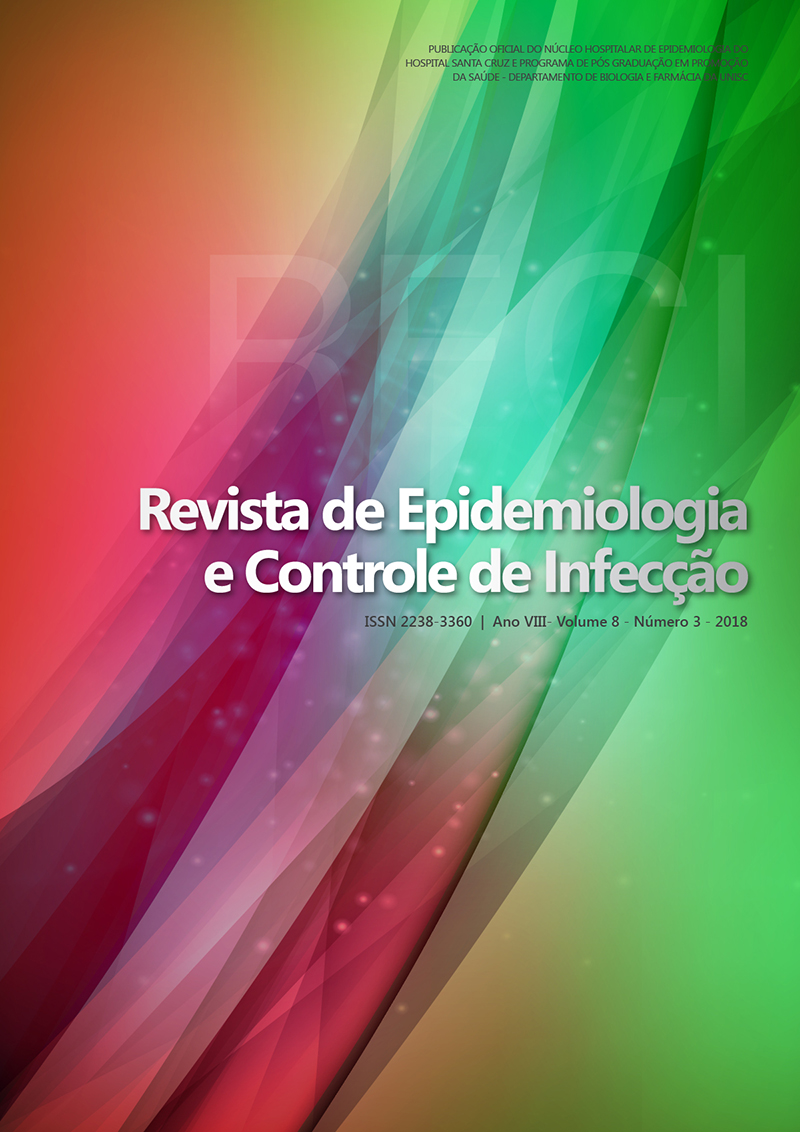Clinical-epidemiological aspects of convalescent patients after hantavirus infection in Mato Grosso
DOI:
https://doi.org/10.17058/reci.v8i3.11814Abstract
Background and Objectives: Hantaviruses are zoonoses that in the Americas are characterized by Hantavirus Pulmonary Syndrome (HPS), characterized by high lethality. Thus, it is aimed to identify the profile of patients in convalescence after hantavirus infection in Mato Grosso. Methods: A descriptive epidemiological study was performed on a series of secondary data referring to the confirmed cases of HPS in Mato Grosso recorded between 1999 and 2016. The data collection was done through consultation of the notification sheets and subsequently performed the descriptive statistical analysis of the data, respecting the ethical precepts in research involving human beings. Results: A total of 160 patient notification cards were used. In this population, males, aged between 25 and 34 years old, white race / color, incomplete elementary school and professional activity focused on the agricultural area predominated. The risk situations involved deforestation, land plowing, planting or agricultural harvesting. The main signs and symptoms described were fever (86.9%), headache (74.4%) and dyspnea (72.5%). Of the total number of patients, 77.5% performed laboratory tests and 79.4% had X-ray imaging, of which the majority had diffuse pulmonary infiltrate (66.9%). In addition, 87.5% were hospitalized, using mechanical respiratory assistance (46.5%), antibiotic therapy (50.5%) and vasoactive drugs (35.5%). Conclusion: Knowing the profile of the patients that evolve to cure makes it possible to instrumentalize the professionals for the adoption of adequate measures both in the early diagnosis and in the effective therapy that can contribute to the reduction of the lethality.Downloads
Downloads
Published
How to Cite
Issue
Section
License
The author must state that the paper is original (has not been published previously), not infringing any copyright or other ownership right involving third parties. Once the paper is submitted, the Journal reserves the right to make normative changes, such as spelling and grammar, in order to maintain the language standard, but respecting the author’s style. The published papers become ownership of RECI, considering that all the opinions expressed by the authors are their responsibility. Because we are an open access journal, we allow free use of articles in educational and scientific applications provided the source is cited under the Creative Commons CC-BY license.


